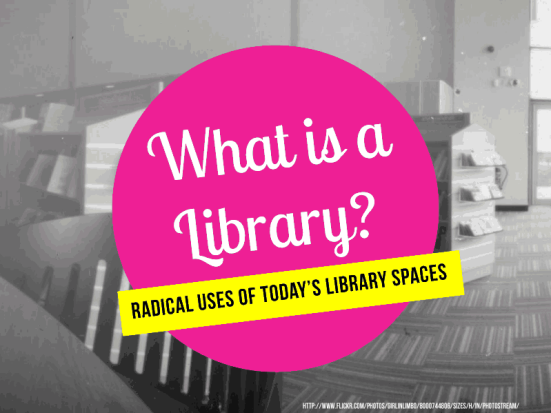
Photo from Flickr
If you missed out on the presentation I gave at CLA, never fear! I’ve summarized it here, for your perusing pleasure.
So. What is a library? How can we define a library space? I came to the conclusion that a library can be whatever we want it to be, but it helps if we are guided by this principle:
A library truly should support the pursuit of information or entertainment. It should be a fun place to explore, and conducive to serendipitous browsing. And finally, it should be a place that encourages users to feel engaged. By creating user engagement, we make it feel like their library, and it keeps them involved.

Photo from Flickr
The first unique use of library space that I chose to highlight has recently been a huge success at the Vancouver Public Library. “Read Dating” is exactly like Speed Dating, but with one twist – the whole event is related to books and those that love them. Participants are encouraged to select a pseudonym from their favourite book, and readers then spend the evening having short interactions with “Jay Gatsby” or “Anna Karenina”. Such fun! And what a creative (and cheap!) way to engage the community.
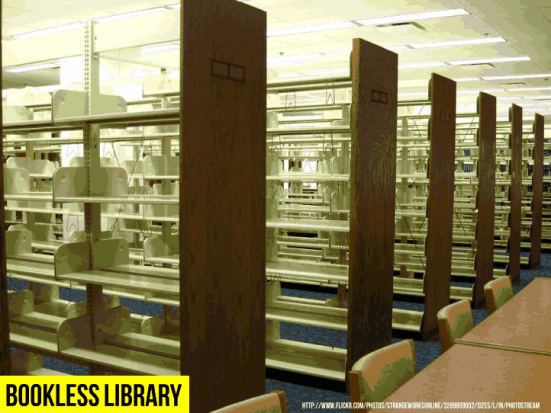
Photo from Flickr
Next up: The Bookless Library. Unfortunately, when the public hears “bookless library”, these empty shelves come to mind.
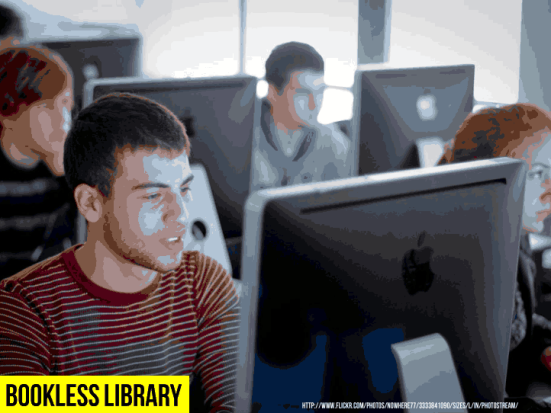
Photo from Flickr
But that’s simply not what it means! Nowadays, a bookless library is one chock-full of technology. Texas is the home of BiblioTech, America’s first bookless public library. Although Sarah Houghton, the Librarian in Black, thinks this move is a little premature, I’m very excited to see how this radical idea turns out.
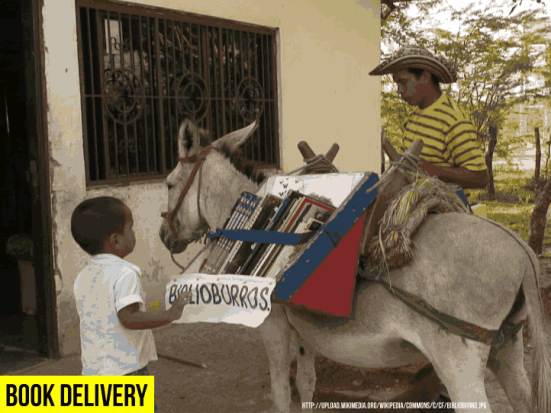
Photo from Wikipedia
The Biblioburro is one of the most creative solutions I have ever seen. Luis Soriano was facing a problem: lack of infrastructure. There were no means available to create a library building, and so he created a library that transcended space – a roving library, the Biblioburro. Fantastic ingenuity! It just goes to show you that with enough imagination anything is possible. If donkeys aren’t your thing, consider transporting books on the backs of humans, instead. I was involved with a “Home Delivery” program which delivered books to home-bound patrons. A great way to reach out to community members in need. Definitely worth considering bringing to your library!
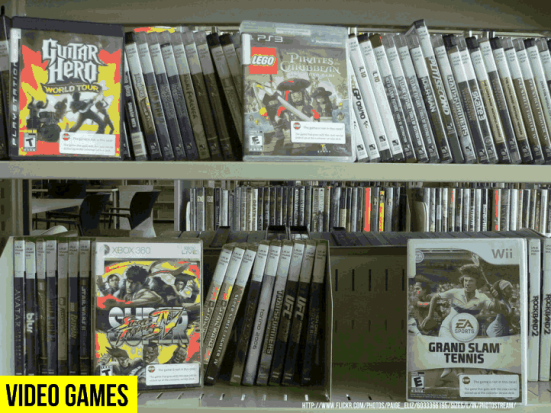
Photo from Flickr
Video games have slowly been making their way into libraries. Video games are important for people to discover in libraries. My boyfriend and I walked into our local public library, and he scanned the entrance. Suddenly he exclaimed, “OH MY GOD – they have VIDEO GAMES?!” He was very impressed, and I believe it is things like this that can revolutionize the way people think about libraries. They’re not just dusty book museums! Libraries can be so much more. Let’s give people something fun to stumble across.
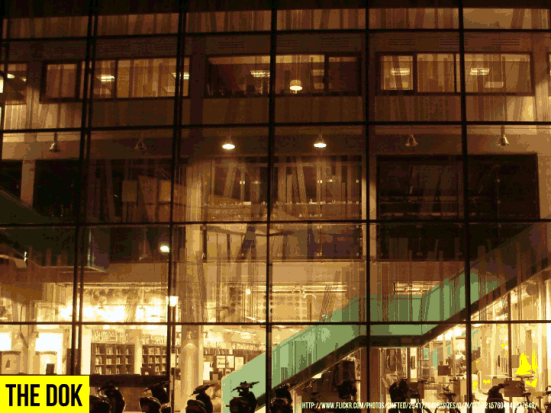
Photo from Flickr
The DOK Library Concept Center in Delft, The Netherlands has been heralded as one of the world’s most innovative libraries. For good reason. I’ve briefly touched on this library before, and I’d like to highlight one of their more impressive technologies: The Heritage Browser.
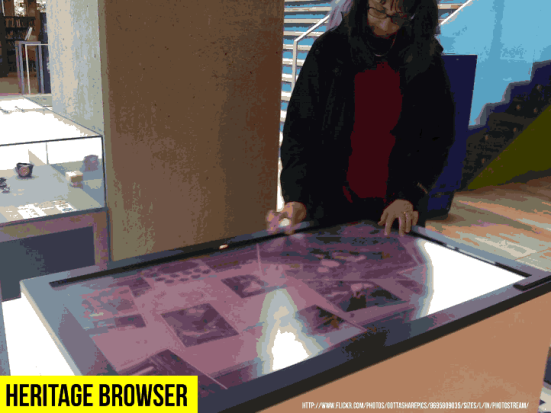
Photo from Flickr
This technology (a very large Microsoft Surface) allows users to browse historical photos of anywhere in the city – simply by touching the screen. ‘This technology makes it easier for users to explore archived photos that were previously rarely accessed. What a creative solution! If you didn’t click on the video link above, be sure to see the Heritage Browser in action here.
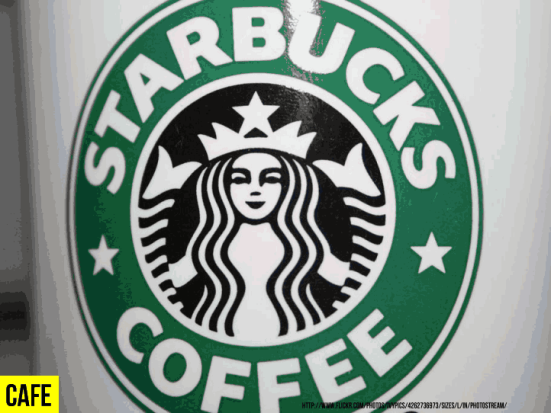
Photo from Flickr
I grew up in libraries that had prominent signs proclaiming “NO FOOD OR DRINK”. Libraries have really changed! Many now boast cafes in their midst, and I think this can be very important. Students come in for a frappucinno, but they stay for the RefWorks session. Or, they spot a poster for the latest book club selection and feel intrigued. Getting our patrons in the door and making the library a nice place for them to stay creates an atmosphere that people will return to.
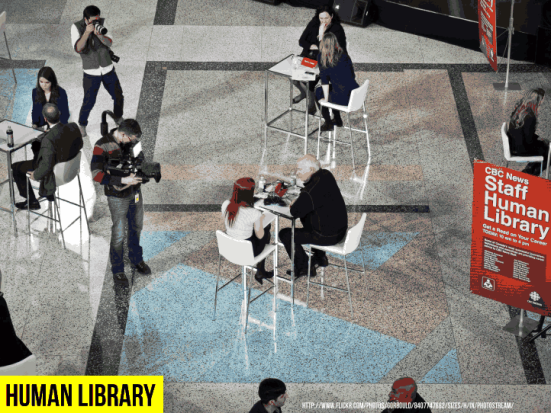
Photo from Flickr
We’ve all heard the saying, “Don’t judge a book by it’s cover” and this event really hits that message home. Human Libraries were started in Denmark but have since taken place all over the world. People volunteer to be “books”, and each human book gets “signed out” by interested users. The two people then spend a fixed amount of time discussing the topic of the “book”. Because people appoint their own titles, the topic could range from “Life as a Single Mother”, to “Living with a Visible Disability”. The variety is what makes this so fun, but the safe and open-minded space is what makes it really rare and special. I feel like libraries, champions of expression, are the perfect place to host this event. For more information on how to create a human library, check out www.humanlibrary.org.

Photo from Flickr
A library in Scotland has used their space to host pole fitness classes – what’s next, a mechanical bull? Teasing aside, I will concede that this idea is a great example of testing limits and finding out what works. So the next time you’re broaching a new idea to the director of your library, you can think to yourself: at least I’m not suggested pole-dancing classes!
The ideas I’ve discussed are pretty wonderful, but how can we implement them in our own libraries? I’ve boiled it down to three things: creativity, imagination, and perhaps most importantly, moxie. More than anything we need the guts to give it a shot and the perseverance to see it through.
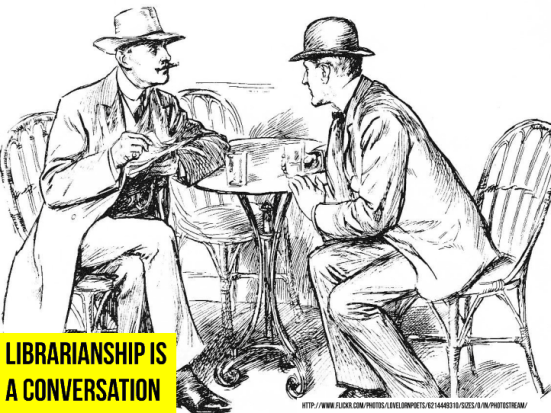
Photo from Flickr
R. David Lankes says that “Librarianship is a conversation“. This conference is a part of that conversation; sharing our ideas is a great way to ensure that our libraries continue to be amazing places where users pursue, engage, and explore. I’m hoping that when I go to CLA next year I’ll hear about all of the new things you’re doing in your library!
Thanks! Especially to those of you that spoke with me afterwards. This was my first major conference presentation, and it was great to have your support.
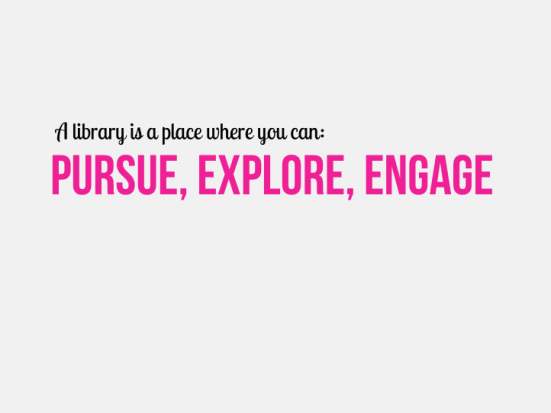

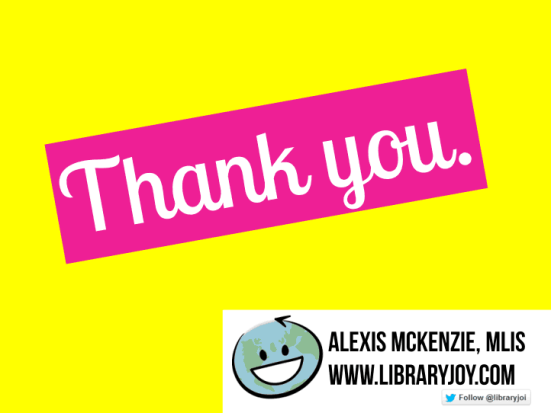
Nicely down , I would say that calls for at least 10 gummi worms of reward and a lot of penguin candies too!
Thank you 🙂 You know where to mail them to.
This is such a positive post about the place of libraries in society. Here in the UK there is a lot of stuff about the value of libraries as large numbers are closed down but it tends to be elegiac. Your post shows how a library system is vital for democracy and community and so much else. I hope the bookless library does not become the norm though!
I’m very glad you enjoyed this post. It was a lot of fun researching the different things that libraries are doing. As for bookless libraries, I see them as a supplement rather than a replacement. 🙂